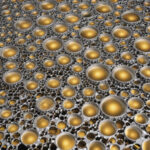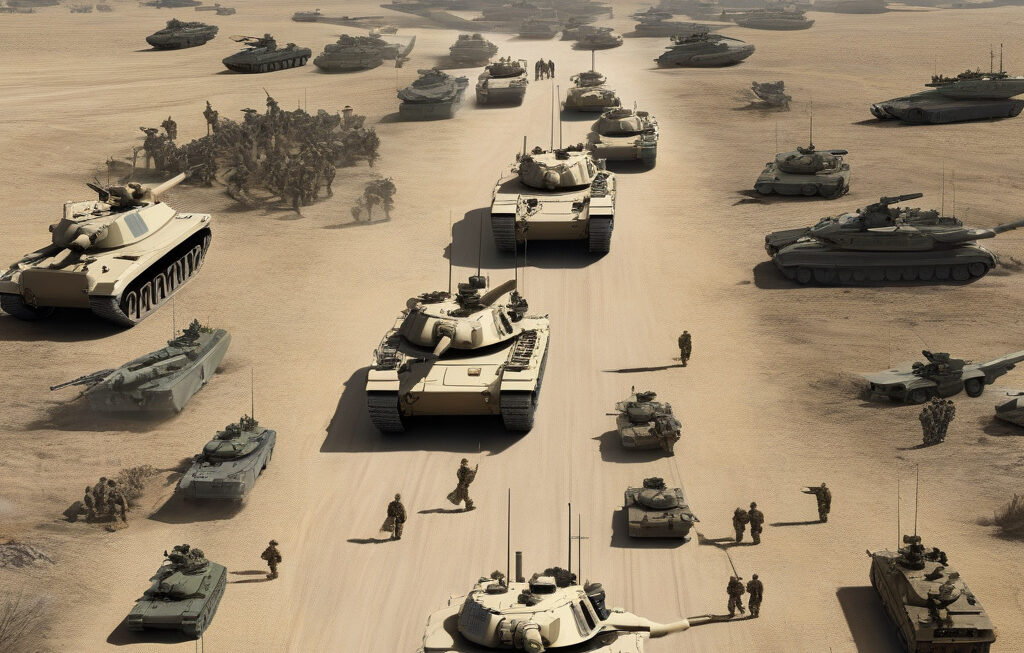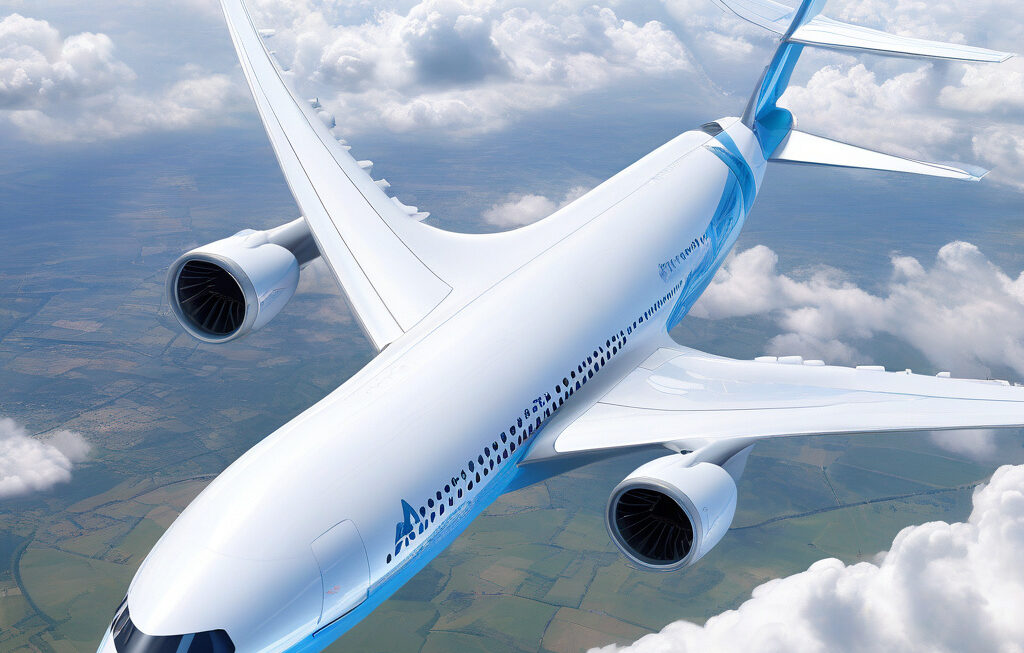Fully automated: Robots can knit clothes just by looking at fabric images
Imagine snapping a photo of your favorite sweater and instantly having a machine recreate it, stitch by stitch, without any human intervention. This futuristic concept is now a reality, thanks to the latest advancements in robotics and artificial intelligence.
In the ever-evolving landscape of technology, the fusion of robotics and AI has paved the way for groundbreaking innovations in various industries. One such innovation is the development of robots that can knit clothes simply by analyzing fabric images. This technology has the potential to revolutionize the fashion and textile industry, offering a glimpse into a future where custom-made clothing is just a click away.
Traditionally, the process of creating knitted garments involved skilled human labor, with each piece meticulously crafted by hand. However, with the introduction of automated knitting robots, this time-consuming and labor-intensive task is being streamlined like never before. By utilizing computer vision and machine learning algorithms, these robots can analyze fabric images and generate knitting patterns with incredible precision.
The implications of this technology are far-reaching. Imagine a world where fashion designers can bring their creations to life faster and more efficiently, or where consumers can have bespoke clothing made to their exact specifications in a matter of hours. The potential for customization and personalization is unlimited, offering a level of convenience and flexibility that was previously unimaginable.
Furthermore, automated knitting robots have the potential to revolutionize the textile industry’s sustainability efforts. By optimizing material usage and reducing waste in the production process, these robots can help minimize the environmental impact of garment manufacturing. Additionally, the ability to produce clothing on-demand can help reduce overproduction and excess inventory, leading to a more sustainable and efficient supply chain.
One company at the forefront of this technological revolution is Kniterate, a London-based startup that has developed a digital knitting machine capable of bringing digital designs to life. By combining the precision of robotics with the creativity of human design, Kniterate is empowering designers and consumers to explore new possibilities in custom-made knitwear.
In conclusion, the integration of robots that can knit clothes based on fabric images represents a significant milestone in the intersection of technology and fashion. As this technology continues to evolve, we can expect to see a shift towards more personalized, sustainable, and efficient clothing production processes. The future of fashion is here, and it’s being woven stitch by stitch by automated knitting robots.
innovation, robotics, fashion tech, custom clothing, sustainability.












